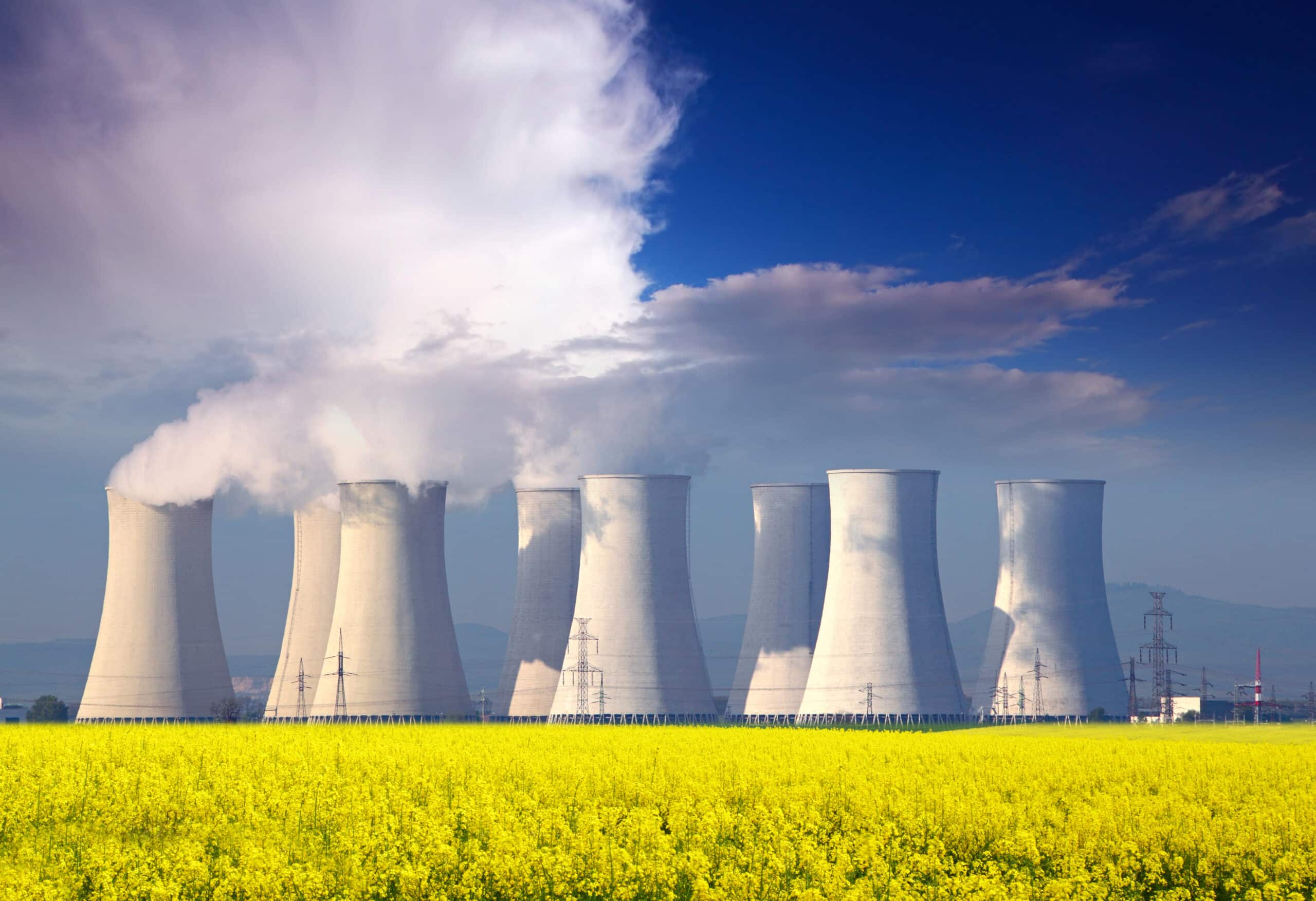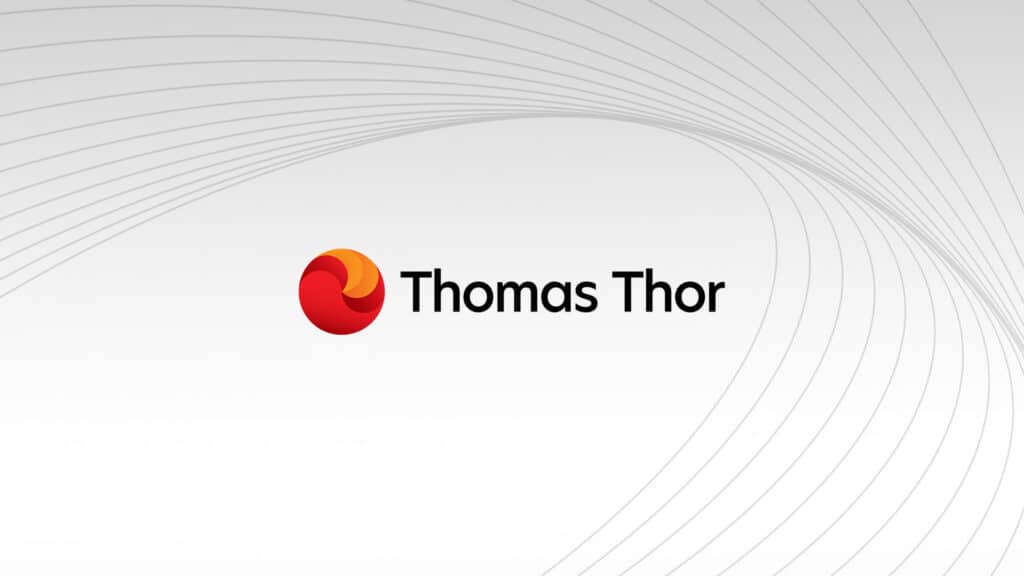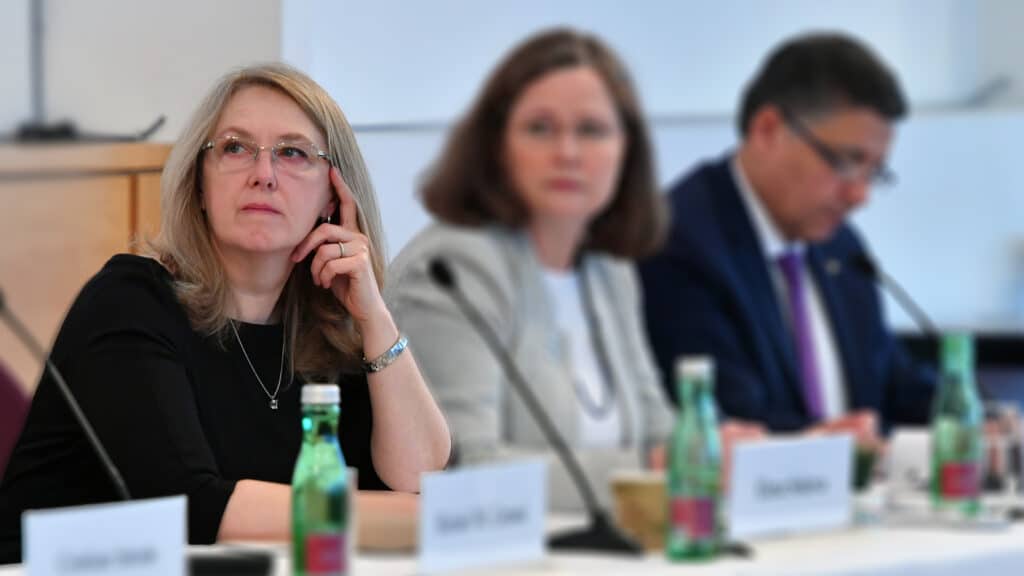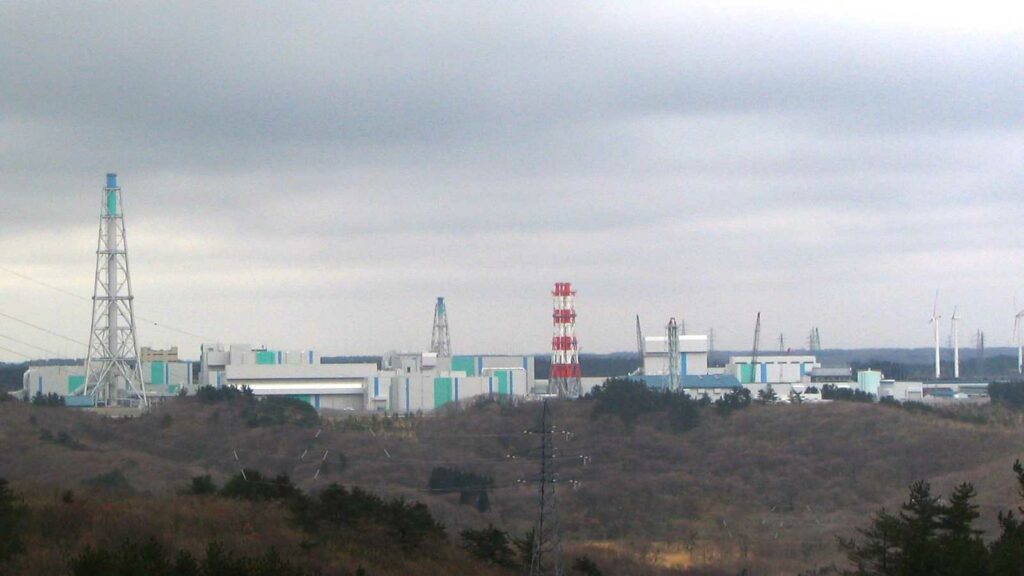Nuclear potentials in a no-nuke time

Written by Dr. Fatone.
Is nuclear energy, after less than 75 years from the first nuclear reactor, coming to an end?
The term “nuclear” caused troubled thoughts and unclear feelings.
The world’s first controlled artificial nuclear reaction happened in the Chicago Pile 1 (CP-1), on the 2nd of December 1942. Under the supervision of the great genius Enrico Fermi, the CP-1 project was part of a bigger project, the Manhattan Project for the development, fabrication and commissioning of the first nuclear bomb. Therefore, it is clear how the term “nuclear” was since the beginning associated with the controversial use of its power, following the bombs thatwere dropped on Hiroshima and Nagasaki. From that moment on, the word “nuclear” caused troubled thoughts and unclear feelings amongst public opinion, and to those who did not have clear knowledge of the civil use of nuclear for energy purposes.
We are immersed in a nuclear world.
First, we should consider that we live in a radioactive environment (e.g. cosmic radiation, environmental radioactive background, building radiation). We are immersed in a nuclear world, using application of nuclear technology every day (e.g. nuclear medicine, agriculture, mechanical industry, research, etc.); using “nuclear systems” constantly, (e.g. atom clocks for GPS systems). Of course, we will keep using and improving these applications and systems in the future more and more.
Second, it could be argued that the nuclear energy industry is mindful of people’s wary thoughts and feelings associated to nuclear power and hence many decisions are taken with the stomach rather than the head. In addition to this, a possible lack of re-education on nuclear from the industry’s associations and governments, to explain the benefits and the real risks, mean it is responsible for a continuing mislead public opinion. Risks are associated to every human activity. There are risks that can be evaluated, analysed, managed and those, which are simply accepted. Some of the most hazardous human activities are also some with the highest rate of fatality-injury per occurrence and, at the same time, some of the most accepted: e.g., car-driving puts our lives in danger every day and many times per day; the hazard associated to home activities is one of the highest. The risks of fatality or injury associated to the nuclear industry are the lowest of those associated to any other energy production industry1.
1 Comparing Nuclear Accident Risks with Those from Other Energy Sources, OECD 2010 – NEA No. 6861
The radioactive waste.
Third and the “most solid” problem in the nuclear industry: radioactive waste. Everybody in the nuclear environment knew that the issue of the radioactive waste generated from nuclear plants and facilities would continue to grow, as the time would have become shorter for taking strategic decisions. The real problems have perhaps been political more than technical, such as:
– Poor transparency;
– Absence of common preventive measures;
– Inactivity on high levels for strong decision-making process;
– Lack of communication;
– Weak or absent informative campaigns at every level on the real nature of the waste (the issue of nuclear waste will result also from other sources and application of nuclear techniques: e.g. medicine and industry);
– Weak or absent information on the existing treatment and management techniques, as well as concerning future resolutions.
All those, in the past, forced people to believe that nuclear waste is “the” unsolvable problem coming only from plants and facilities in the circle of energy production. Things in the recent past are changing, finally. Especially plant owners, regulators and some governments are not afraid to talk about nuclear waste. Of course, the burned fuel from NPP and the result of the decommissioning of many NPPs especially in Europe will affect the magnitude of nuclear waste and the geological repository. However, every country will have to manage nuclear waste in the future, no matter if the country has a nuclear energy program or not, as nuclear waste will continue to come from medicine and industrial applications.
Switzerland decided to phase out.
Switzerland, as Germany and others before them, has decided to phase out energy production from nuclear sources, the last reactor to be shutdown being Leibstadt, eventually in 2034. In Switzerland, almost 40% of power is from the nuclear source. In the meantime, no clear strategy for the replacement of nuclear power has been given. The document Energy Strategy 2050, from the BFE (i.e. Bundesamt für Energie), is proposing alternatives based on exploitation of the “existing energy efficiency potentials”, “potentials of hydropower” and “new renewable energy sources”. In order to replace this significant lack in Swiss energy production, within the next four years they should be able to identify clearly the means, the investments and the sites. They should be capable of starting and to end the construction of some hydropower potentials and the not better-identified new renewables.
Normally renewables are pushed on the market with subsidies or incentives from governments, which impacts positively on the cost of the kWh. However, what one may not pay in the electricity bill, it is paid later in taxation. In addition, a country will not be less “nuclear” simply by phasing out. Operators and owners will have to organize better and find faster the resources (which they might not have now), for decommissioning, for example, maybe for creating bigger and interim disposal plants and boosting the final repository projects. At the same time, upgrading, updating and make-up work will continue in the existing plants in order to perform better and increase safety.
The answer to the question is at the beginning.
Normally, one should create potentials on the base of the reality and should not create the reality on the base of possibilities. Therefore, from a business point of view, we should base our judgements on the potentials of the actual international market. The first goal will be not just responding to the request of the nuclear industry, but actually to intercept the needs of the people, having the knowledge, the background and the experience of what nuclear means in terms of quality and requirements. We should get ourselves more involved and contribute to the international discussion. We should create awareness.
In my opinion, the answer to the question at the beginning is no! Nuclear Power is not coming to an end. It is a carbon free energy. In the next century, the energy generated by new reactor technology could play a primary role, being part of the energy-portfolio of the most advanced countries and of those emerging. We must keep creating awareness on the subjects of energy efficiency and energy saving. Moreover, renewables must be pushed as much as possible, however, without aggravating not-sustainable solutions and then renouncing other sources and innovative solutions. In this, nuclear energy should support the transition phase, until the development of techniques for a reliable and cheaper energy from renewables will be developed and nuclear fusion will be finally commercialised.
More than 15 years’ experience in the nuclear industry, working on complex technical – managerial projects, being responsible for the technical and commercial project implementation for several NPPs in Europe and nuclear new builds worldwide. Qualified professional Engineer, Dr. Fatone has a PhD in Energetics and MSc in Nuclear Engineering. He is currently working as Nuclear Division Manager and Quality Manager by INP in Switzerland. His intellectual interests are in quantum-mechanics and philosophy. Dr.-Ing. Massimo Fatone M.Sc. Nuclear Eng., PhD Energetics, P.E. Nuclear Division Manager/Quality Manager INP Schweiz AG For direct contacts: massimo.fatone@gmail.com
Share this article
Related articles
Help us grow and achieve your potential at a values-driven business.




